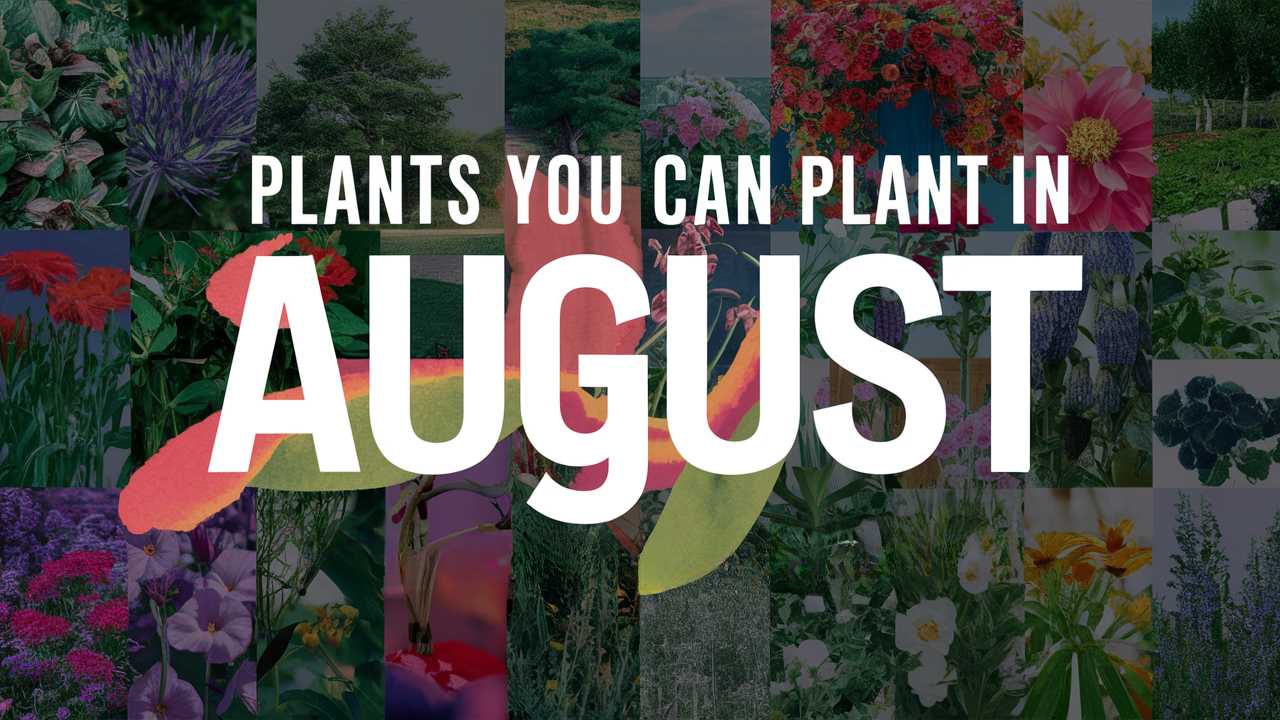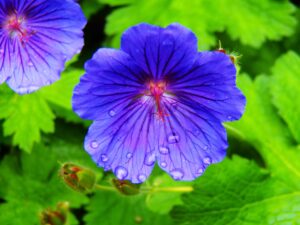In this guide, we’ll explore the specific plants that thrive when planted in August, ensuring that you have a vibrant and flourishing garden as summer winds down.
Vegetables To Plant
August is a fine time for sowing several cool-season vegetables, particularly in USDA zones 3 through 7, where the days remain warm, yet the temperatures are mild enough for certain crops to thrive as fall approaches. Here are ten vegetables worth planting this August.
Spinach
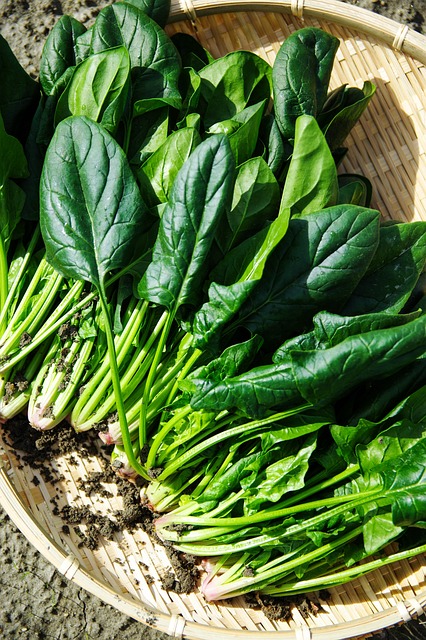
Spinach is a staple leafy green that excels in cooler temperatures. With a short growing cycle of about 30 days to harvest, it can be sown directly into well-drained soil rich in organic material. Spinach prefers temperatures between 50°F to 70°F, making August an ideal time to plant new crops for a fall harvest in USDA zones 3 to 7. Be mindful that in warmer zones, such as 8 and 9, spinach may bolt and flower prematurely, so choose a method like partial shade to help mitigate heat stress.
Bush Beans
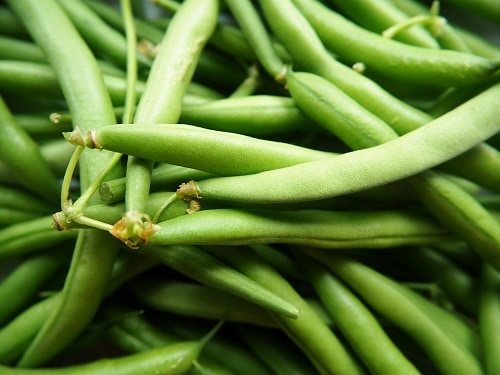
Bush beans are excellent for planting in late summer, typically requiring just 50 to 60 days to mature. They prefer temperatures from 70°F to 90°F. In USDA zones 3 through 7, August is prime time to plant varieties like ‘Provider’ or ‘Blue Lake’. These robust plants resist early frost and can yield a plentiful harvest until mid-autumn. In hotter regions, ensure to water them regularly, as stress or drought can impair yield.
Kale
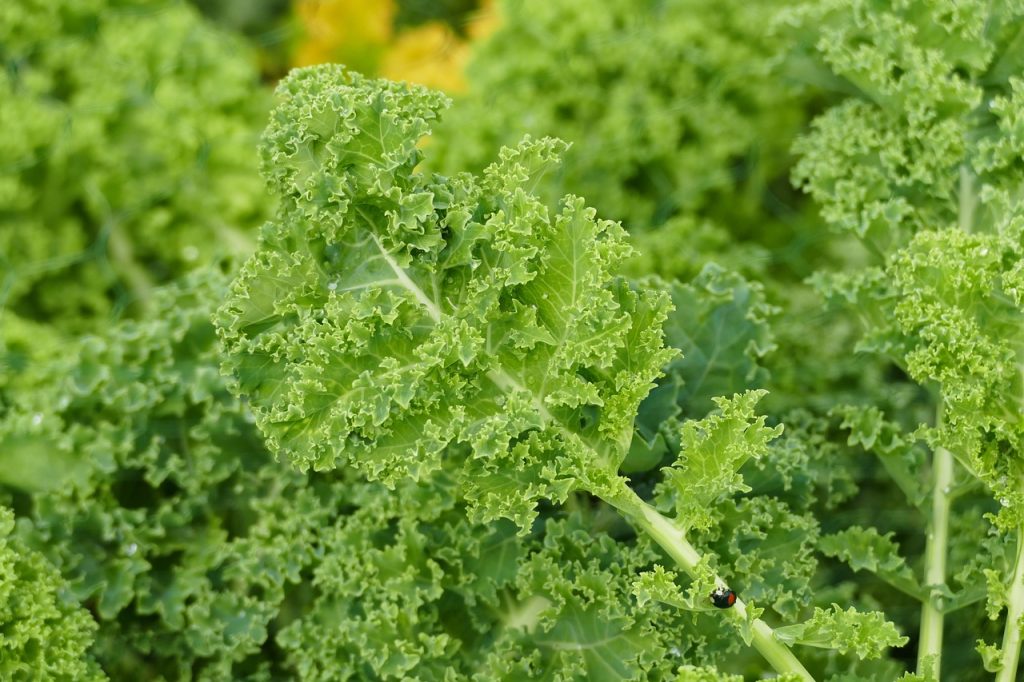
Kale is an incredibly resilient leafy green, thriving in colder conditions with its ideal temperatures being 45°F to 65°F. August is the perfect time to sow for a flavorful fall harvest. In zones 3 to 6, sow seeds in well-drained soil, and in warmer zones, consider light shading to avoid heat stress. Kale’s nutritional density and versatility in the kitchen make it a great addition to your garden.
Radishes
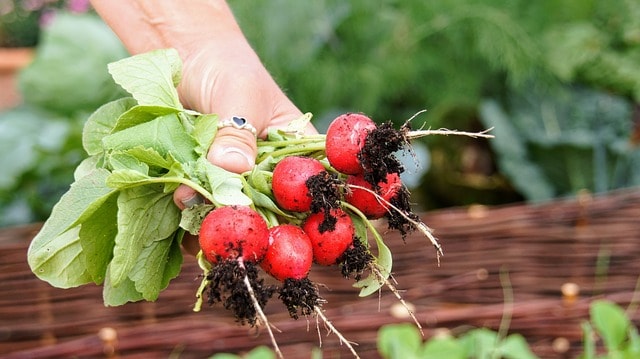
Radishes are one of the fastest-growing vegetables you can plant, with a maturity time of just three to four weeks. They thrive in temperatures between 45°F and 85°F, making August an excellent month for planting in USDA zones 3 through 9. Sow them in succession to maintain a continuous harvest through early fall. Varieties like ‘Cherry Belle’ or ‘French Breakfast’ are popular due to their quick turnaround and delightful crunch.
Turnips
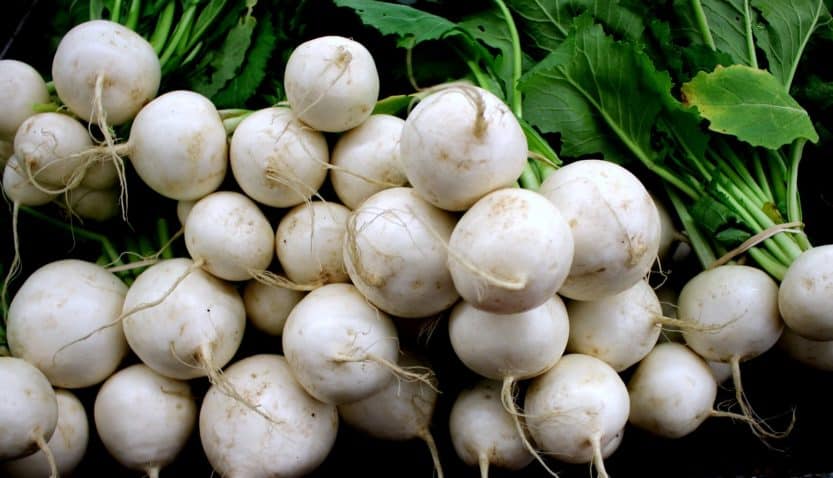
Turnips grow exceptionally well in late summer, with a typical harvest period of 50 to 60 days after planting. With temperature tolerances from 60°F to 75°F, they can thrive in USDA zones 4 to 7 when planted in August. The key to successful turnip cultivation is well-drained soil and consistent moisture. This root vegetable, with its dual use in both the greens and the bulb, is a rewarding choice for any garden.
Collard Greens
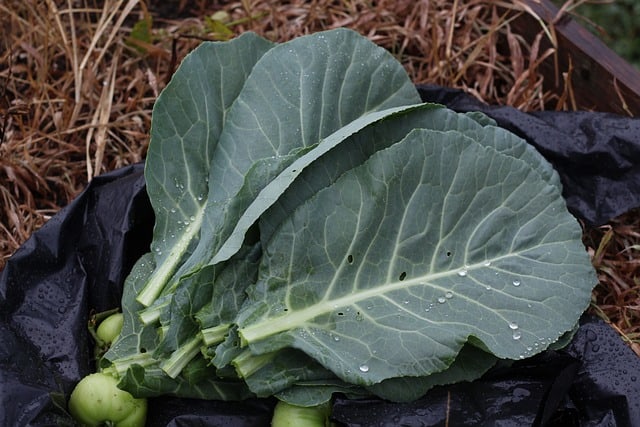
Like other members of the Brassica family, collard greens are hardy and will flourish into fall. Their optimal growing temperatures range from 60°F to 75°F, making them perfect for August planting in USDA zones 3 to 7. They take about 70 days to mature, making them a great choice for a later-season garden. Collard greens are rich in nutrients and can thrive even after the first frost, providing excellent late-season greens.
Beets
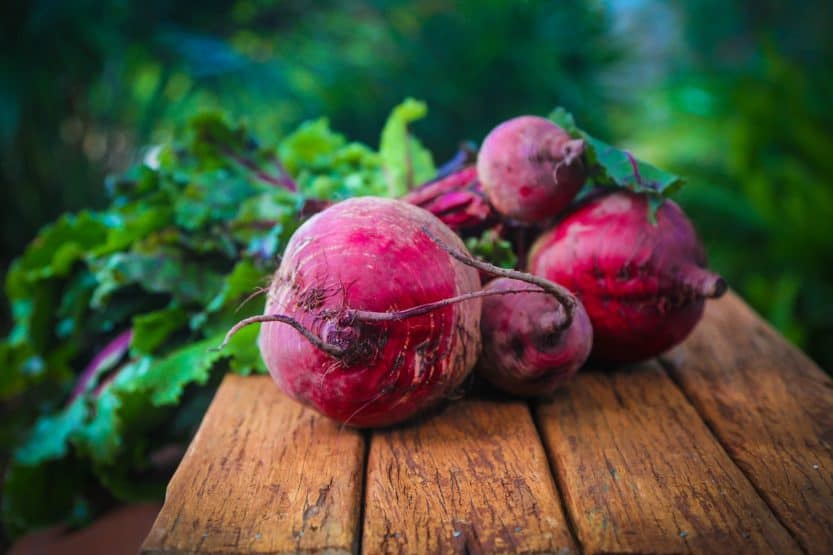
Beets are robust roots that can be planted in August for a late-season harvest. Preferring temperatures of 50°F to 75°F, they can be sown in zones 3 to 8. Beets take about 55 days to mature, and you can harvest both the roots and the greens. Ensure that your soil is well-drained and enriched with organic compost for optimal growth. The sweet firmness of harvested beets makes them a great addition to both salads and meals.
Broccoli
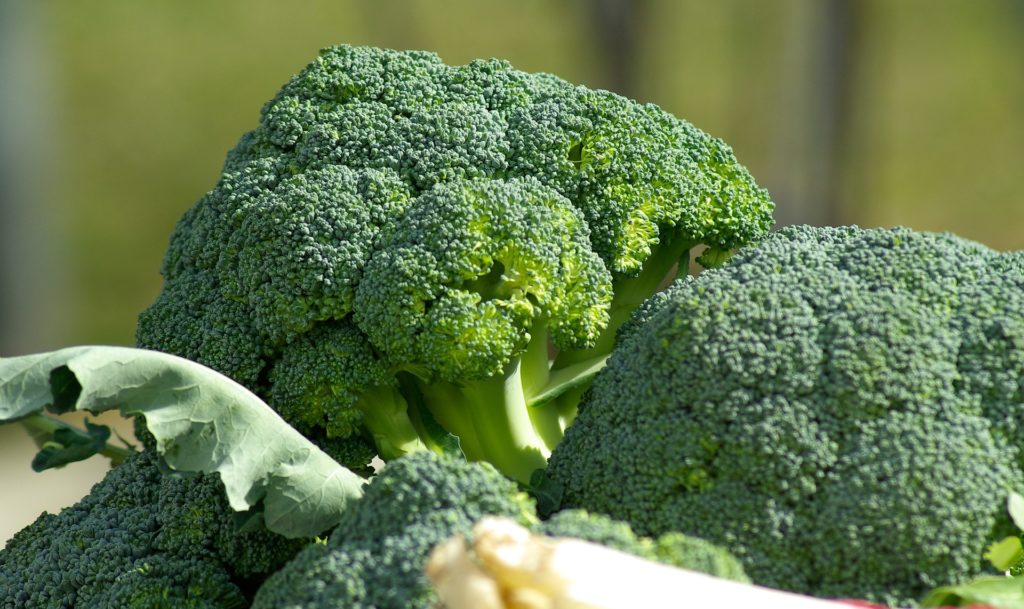
Broccoli is a cool-weather crop that can be planted in August to yield delicious florets by late fall. With growing temperatures of around 60°F to 70°F, it thrives in USDA zones 3 to 7. It typically needs about 70 to 90 days to reach maturity, so plan accordingly with your planting date. Broccoli is a nutrient-packed vegetable that can withstand the first frosts of autumn.
Peas
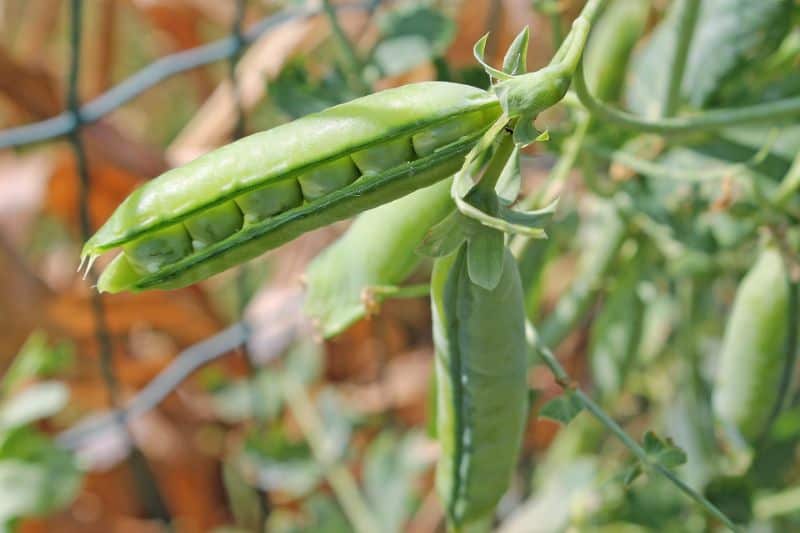
Depending on your region, August might be the ideal time to plant a fall crop of peas, particularly sugar snap or snow peas. They flourish in cooler temperatures, ideally between 50°F to 70°F. Zones 3 through 7 can start sowing peas directly into the ground for a late harvest. Ensure adequate support for climbing varieties, and enjoy fresh peas in early autumn.
Lettuce
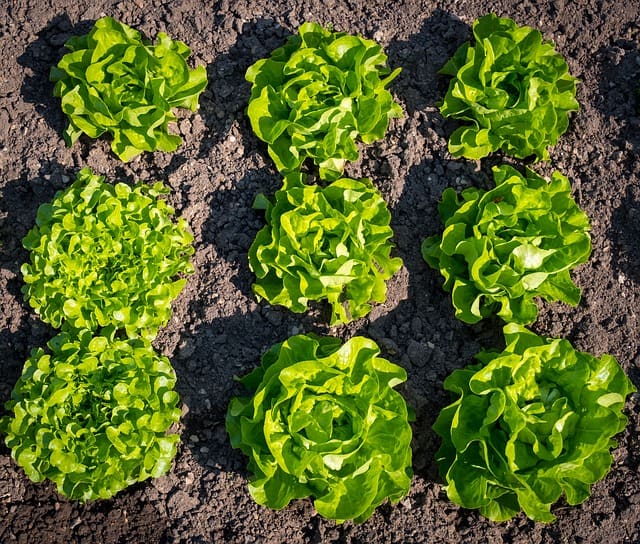
Lettuce is another rapid-growing vegetable that thrives in moderate temperatures of 60°F to 70°F. August is ideal for planting salad greens in USDA zones 3 to 9. Opt for varieties such as ‘Butterhead’ or ‘Romaine’ for the best success. Given their quick growth cycle of 30 to 60 days, planting in succession will guarantee a continual supply of fresh greens up until frosts.
Flowers To Plant
Late summer can be a great time to plant certain flower species that will not only survive the waning summer heat but also provide spectacular colors and scents as fall approaches. Here are ten flowers that thrive when planted in August.
Pansies
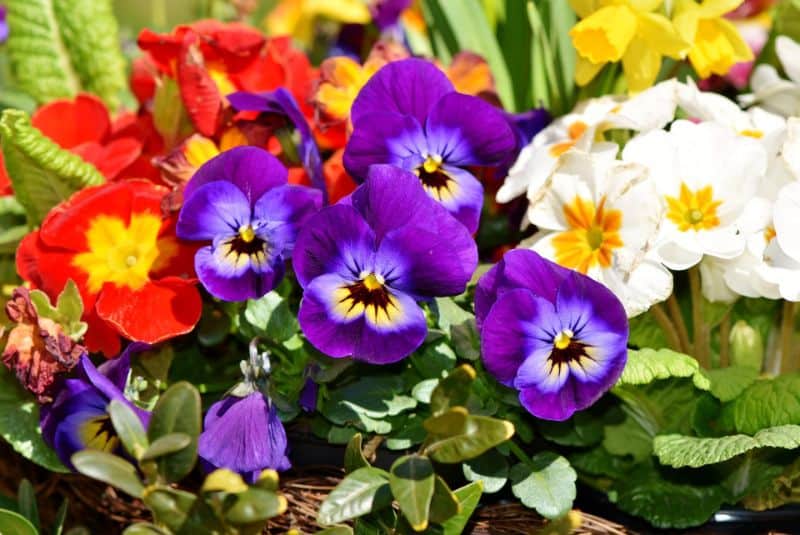
Pansies are known for their bright colors and resilience to cooler temperatures, growing happily in USDA zones 3 through 9 when planted in August. They prefer temperatures between 50°F and 70°F. These flowers can bloom through the fall and provide vibrant color, lasting until the first frost. Their rich color variety allows for a great aesthetic in gardens, pots, and window boxes.
Snapdragons
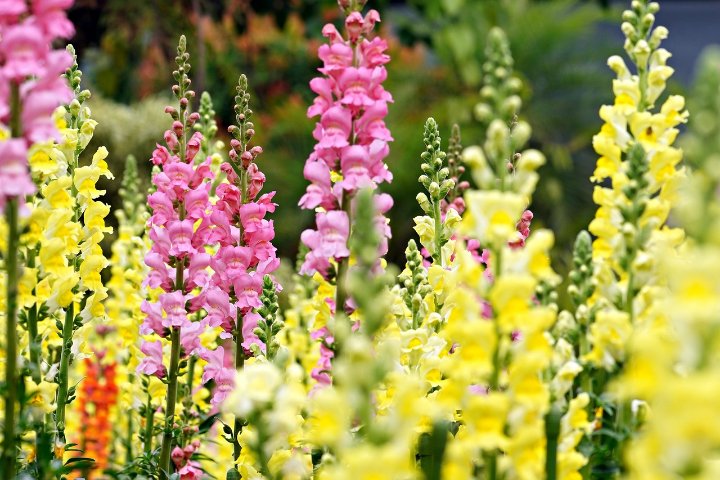
This versatile flower, available in several sizes and colors, can be sown in late summer. Snapdragons perform best in cooler weather with temperatures ranging from 60°F to 70°F. Growing well in USDA zones 3 through 8, these flowers can last until the first frost. They often attract pollinators, adding beauty and life to your garden.
Calendula
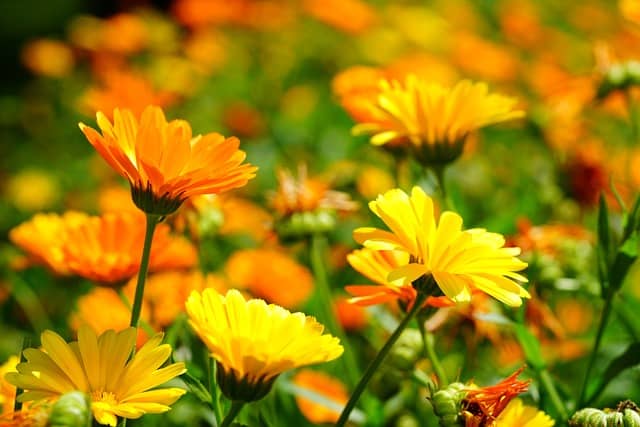
Calendula, commonly referred to as pot marigold, is an easy-to-grow flower that thrives in cooler temperatures of around 60°F to 75°F. Suitable for USDA zones 3 through 10, these flowers can be sown directly into the garden in late August. Besides their cheery appearance, calendula petals are edible and can be used in salads and garnishes.
Asters
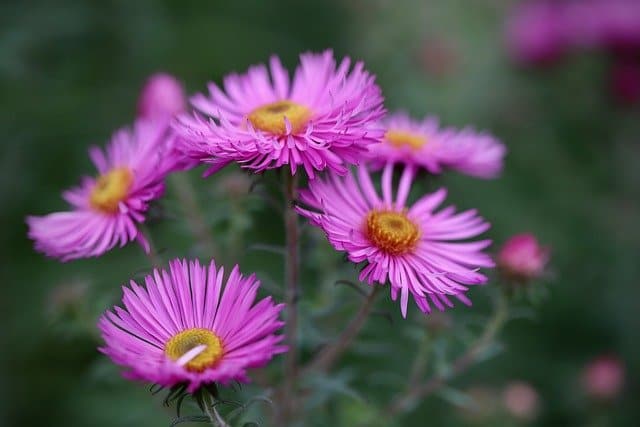
Asters are hardy perennials that bloom from late summer into autumn, making them perfect for late planting. With temperature preferences between 60°F to 70°F, they thrive in USDA zones 3 through 9. Their beautiful daisy-like flowers attract butterflies and other pollinators, providing vibrant color in your garden as many other plants begin to fade.
Ornamental Grasses
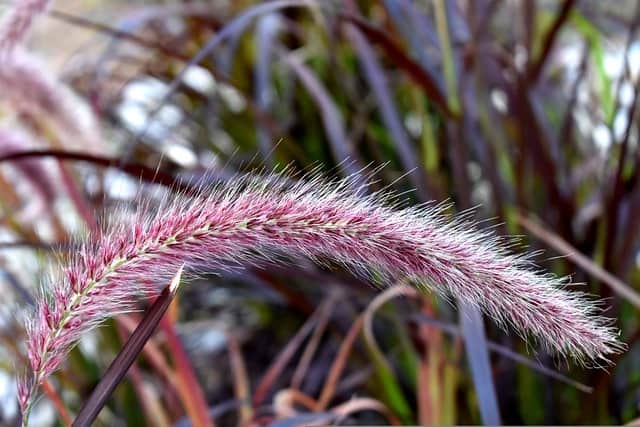
Ornamental grasses can add texture and movement to your landscape. Depending on the species, they grow best in zones 4 through 9 during August. They should be planted in soil that is well-draining and rich in organic matter. These grasses can thrive in varying temperatures, giving grace and an aesthetic appeal to your garden.
Heliopsis
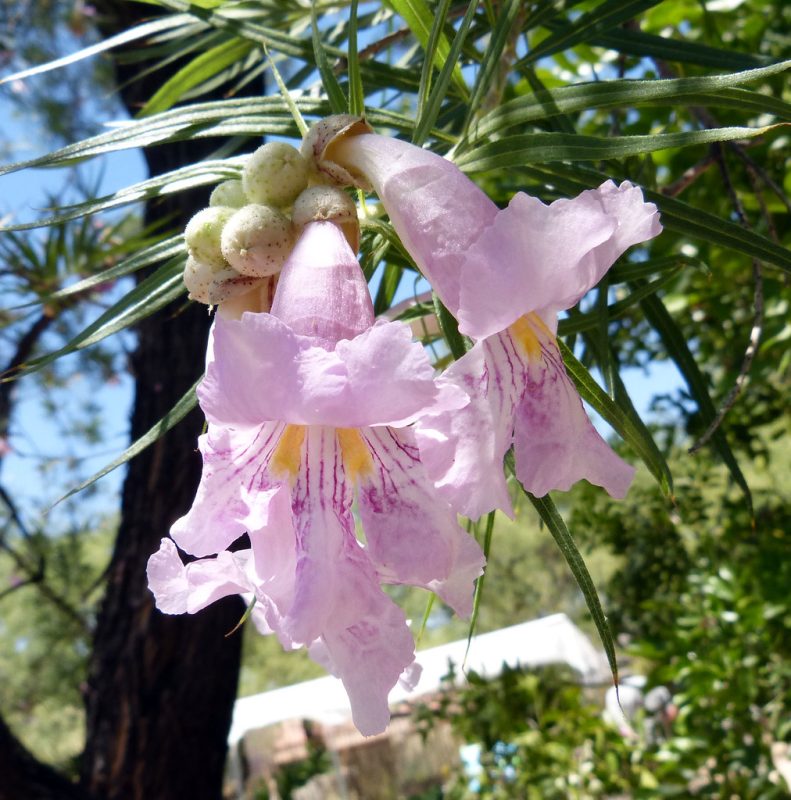
Known as false sunflower, heliopsis can be planted in late summer to flower in fall. Thriving in USDA zones 3 through 9, heliopsis is tolerant of a range of soil types, provided they have sufficient drainage. Ideal temperatures for growth lie between 65°F and 75°F, and they will attract bees and butterflies, making your garden an inviting ecosystem.
Dianthus
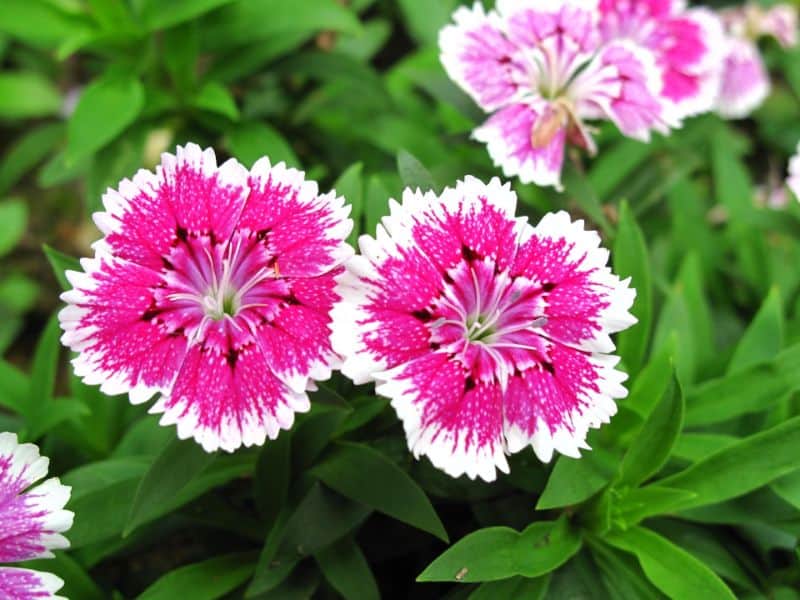
Dianthus, commonly known as pinks, are another excellent flower to plant in August. They prefer growing in temperate conditions of around 60°F to 75°F and can thrive in USDA zones 3 through 9. They are known for their delightful fragrance and can bloom well into the cooler months, adding attractive color to your late summer garden.
Sedum
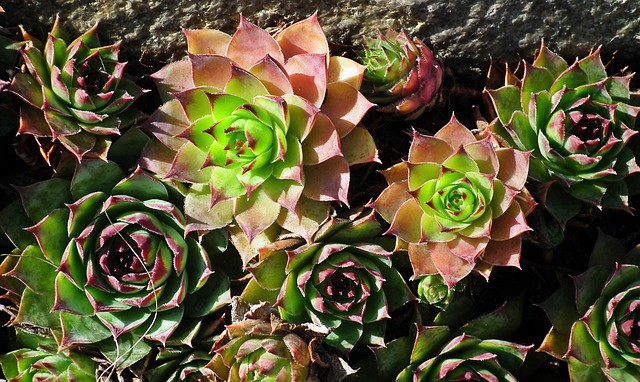
Sedums are hardy succulents that flourish in hot, dry conditions. Planting in late August can yield well-established specimens for fall. They thrive in USDA zones 3 through 9 and do well in temperatures from 65°F to 80°F. Their unique foliage and flower clusters attract pollinators while providing drought resistance and making them an ideal choice for low-maintenance gardens.
Russian Sage
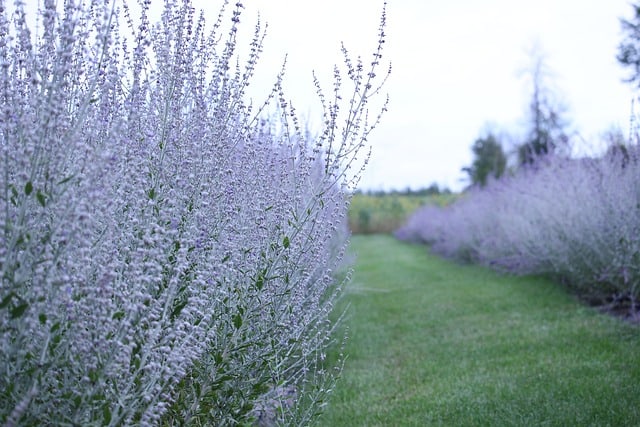
With its striking silvery foliage and vibrant purple flowers, Russian Sage offers beauty and tolerance to various conditions. Suitable for planting in zones 3 through 9 with an optimum temperature around 70°F, it can flourish even in the poorer soil. These hardy plants bloom from summer into early fall and require minimal care, making them excellent for busy gardeners.
Marigolds
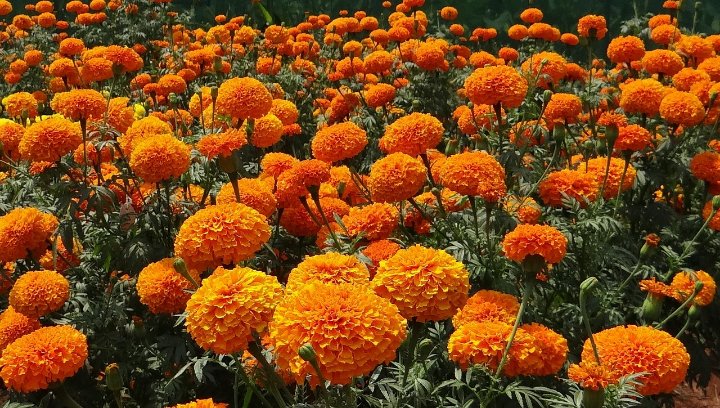
Marigolds are among the most popular flowers for autumn gardens due to their vibrant colors and pest-repelling capabilities. They thrive well in warmer conditions of approximately 70°F to 80°F and are ideal for USDA zones 3 to 10 when planted in August. With a variety of sizes and colors, they can fill your garden with beauty while protecting nearby crops.
Herbs To Plant
Herbs are essential for culinary use while also bringing fragrance and beauty to gardens. Late summer is an ideal time to prepare for fall with various herbs that thrive when planted in August. Here are ten herbs you can start planting this month.
Basil
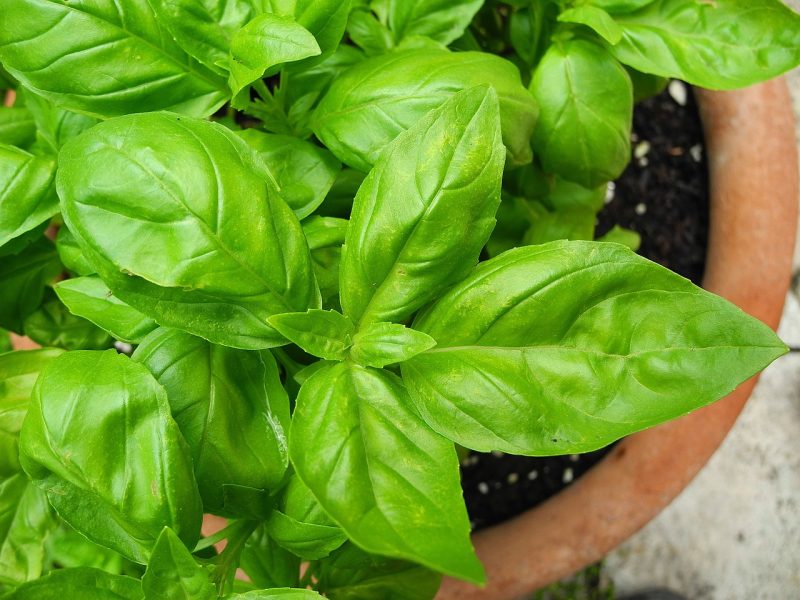
While often considered a summer herb, basil can be planted in late August in areas where temperatures haven’t cooled significantly. In USDA zones 3 to 9, this aromatic herb thrives in warm temperatures of 70°F to 90°F, and you can expect to harvest basil within 60 days. Planting basil helps create a flavorful end to your summer cooking as well as providing a lovely aroma for your garden.
Cilantro
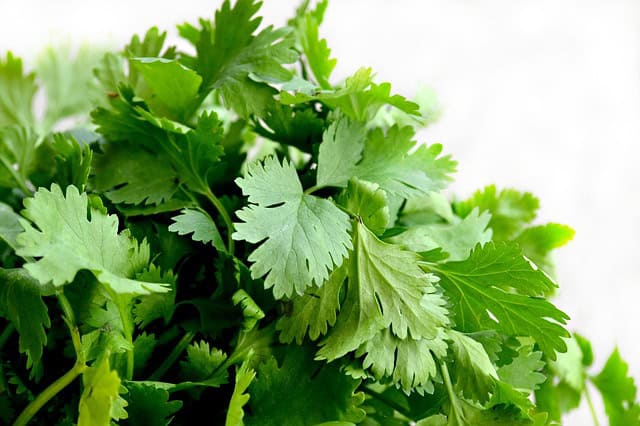
Cilantro is a versatile herb that prefers cooler conditions. Ideal temperatures range from 50°F to 75°F. Planting in August is perfect for USDA zones 3 to 9, as the cooler fall temperatures encourage a robust growth cycle. Cilantro matures quickly, generally ready to be harvested within 30 days. This herb is often used in various cuisines and lends a fresh flavor to many dishes.
Dill
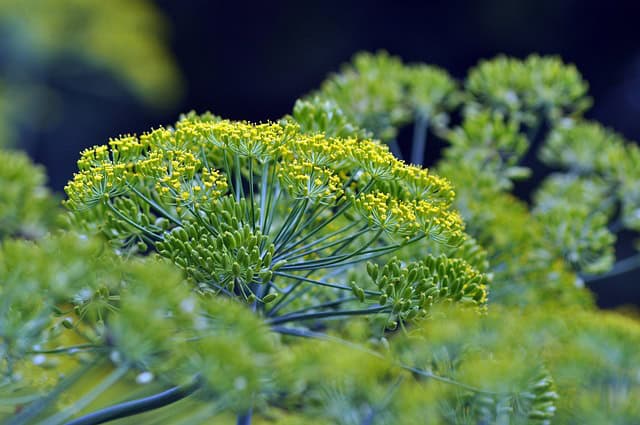
Dill is an aromatic herb that flourishes in the late summer months, welcoming cooler temperatures ideally between 60°F to 75°F for growth. In USDA zones 3 to 9, planting in August can yield a late summer harvest. The ability of dill to self-seed means that, if successfully planted, it can offer continuous crops in subsequent years, pleasing both culinary enthusiasts and gardeners alike.
Chives
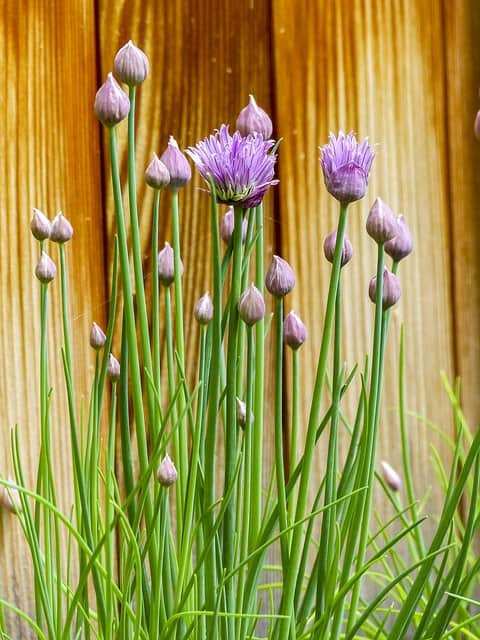
Chives are hardy perennial herbs that thrive in USDA zones 3 through 9. They prefer moderate temperatures of about 50°F to 75°F, making August an excellent time for planting in your garden. With a maturation window of about two months, you can enjoy their chive greens in many culinary dishes. Plus, they add beautiful purple blooms in spring, enhancing your landscape aesthetically.
Thyme
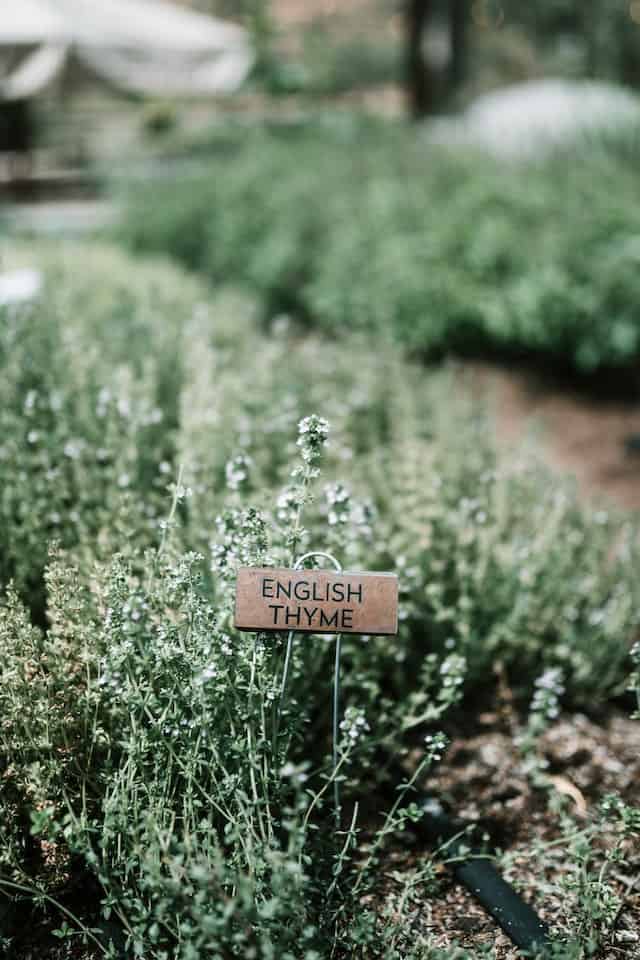
Thyme is a culinary herb known for its hardiness and drought resistance. Planting thyme in August is suitable for USDA zones 3 to 9, where temperatures between 60°F to 75°F promote ideal growth. Within 70 days, you can expect to harvest flavorful leaves while enjoying the herb’s charming presence in your garden. Thyme is also a fantastic companion plant, suppressing weeds and attracting beneficial insects.
Oregano
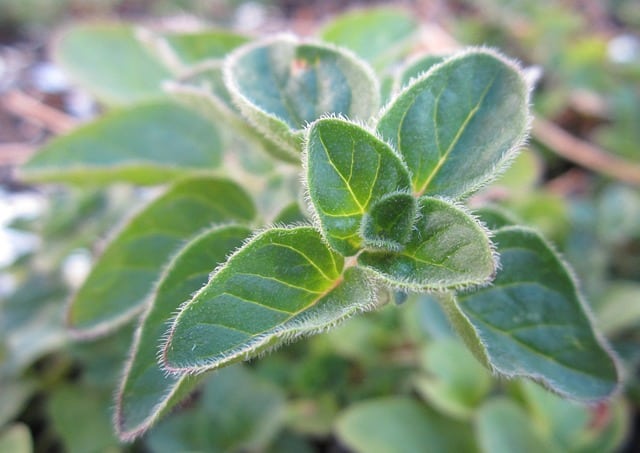
Oregano is another delicious herb perfect for late summer planting. In USDA zones 3 to 9, it thrives in temperatures that hover around 70°F to 80°F, making August an ideal the time to plant. Maturing typically in about 60 days, oregano is famously used in various cuisines and has a rich flavor profile that complements countless dishes. This perennial herb will return year after year, making it a worthwhile investment in your garden.
Parsley
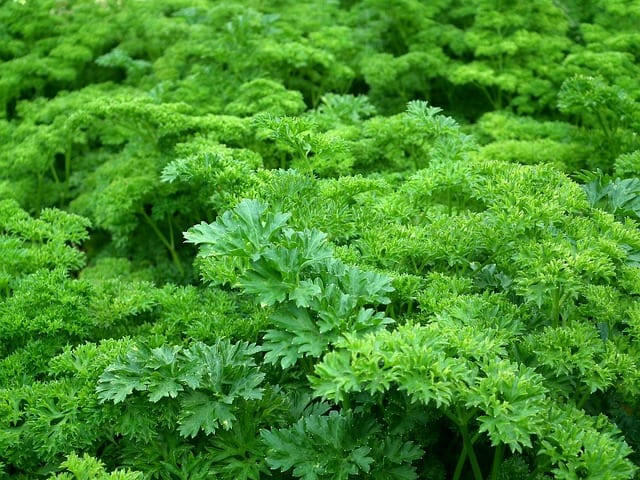
Parsley is a biennial herb that favors cooler weather. It can be successfully grown in USDA zones 3 to 9, with optimal temperatures between 60°F to 70°F. Planting in late August provides you with fresh parsley by fall, taking around 70 to 90 days for a full harvest. It’s perfect for garnishing dishes and adding flavor, plus it attracts beneficial insects to your garden.
Fennel
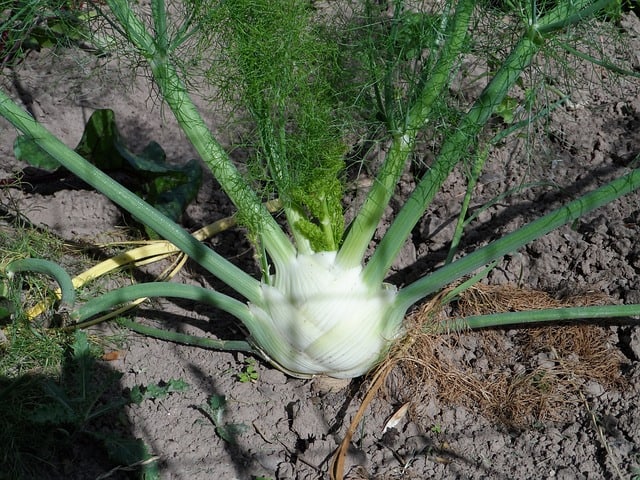
Fennel is a unique herb with distinct flavor notes, often used for both its fronds and bulbs. Planting fennel in August will work well in USDA zones 3 to 9, preferring temperatures from 60°F to 80°F. With a maturation time of 80 to 100 days, fennel can provide beautiful foliage and is excellent for culinary uses. Be aware that it may not tolerate frost, so plan accordingly.
Lemon Balm
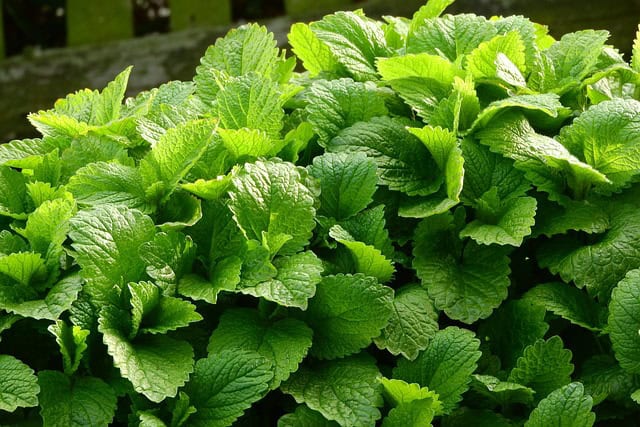
Lemon balm is a cheerful herb known for its calming lemon scent. It thrives in USDA zones 3 to 9 and prefers temperatures from 60°F to 75°F. Planting in August can result in a harvest by early fall, as this fast-growing herb can reach maturity in about 75 days. It attracts pollinators and can even be used for tea, making it a soothing addition to any herb garden.
Sage
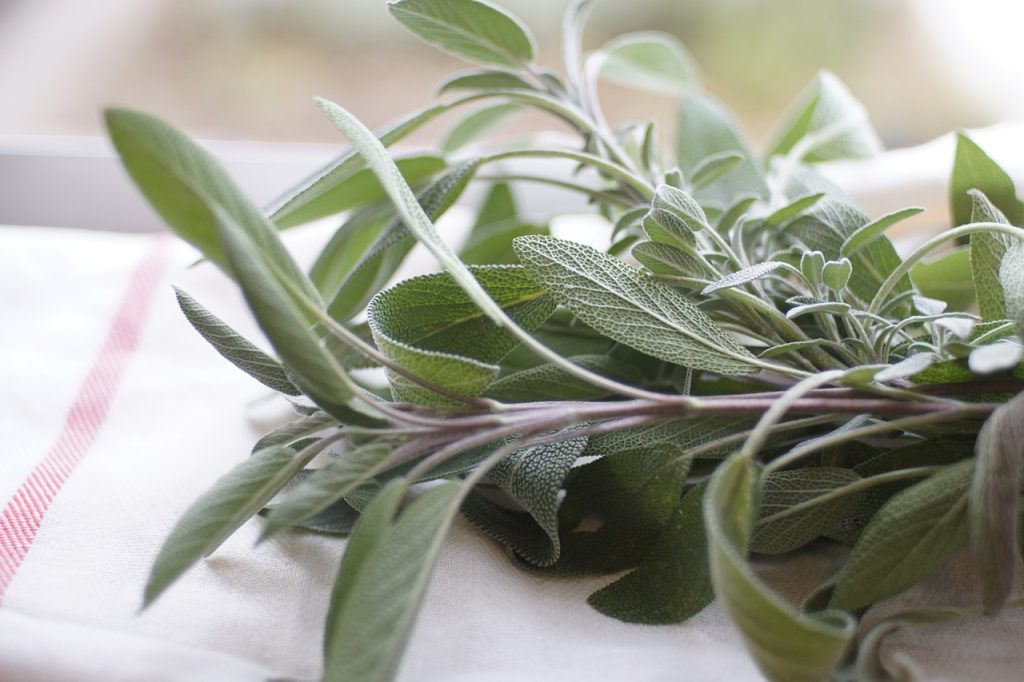
Sage is a perennial herb that thrives in sunshine and excellent drainage. Best grown in USDA zones 4 to 9, it can handle warm temperatures from 70°F to 80°F, making August a great time to plant. Sage generally requires about 75 days to establish itself, and you can use its flavorful leaves in a range of savory dishes. Sage is hardy and can survive mild winters, returning each year to enrich your garden.
Landscape Plants To Plant
In addition to vegetables, flowers, and herbs, August can be a good time to consider landscape planting. Many perennial plants, shrubs, and trees can be established in early fall, ensuring they settle in before the winter months. This section covers ten landscape plants that flourish when planted in August.
Perennial Phlox

Phlox is an excellent perennial option that brings color to your landscape. Thriving in USDA zones 3 to 9, these flowers grow best in temperatures around 60°F to 75°F. Planting in August allows the root systems to establish themselves before the cool weather sets in, which supports robust blooms come the following spring. Their beauty and attractive fragrance make them a favorite among gardeners.
Daylilies
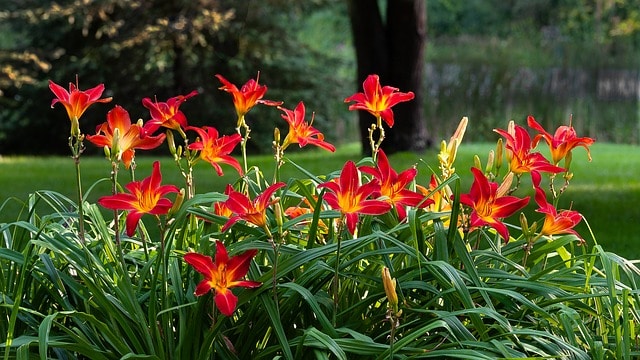
Daylilies are resilient perennials that adapt well to a variety of soil types. Ideal for USDA zones 3 to 9, they prefer moderately warm temperatures but can endure chilly nights. August planting offers the time needed for root systems to strengthen and ensures vibrant blooms from late spring to early summer of the following year. These hardy plants boast a multitude of colors and are relatively low in maintenance.
Sedum

Sedum, often called stonecrop, is another hearty perennial that can be planted late in summer. With certain varieties thriving in USDA zones 3 to 10, they do well in temperatures of around 65°F to 85°F. They’re drought-tolerant and require minimal care, making them ideal for busy gardeners. Sedum provides excellent ground cover and adds texture and charm throughout the seasons.
Hydrangeas
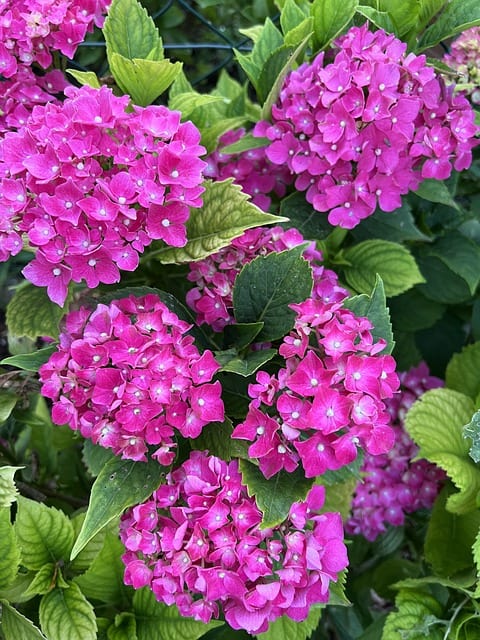
Hydrangeas are well-loved for their lush foliage and vibrantly colored blooms. Planting them in late August will yield rewards in subsequent blooming seasons. They thrive in USDA zones 3 to 9, favoring temperatures between 60°F to 75°F. These flowering shrubs require regular watering but give a stunning backdrop to any garden, proving to be both decorative and resilient.
Barberry
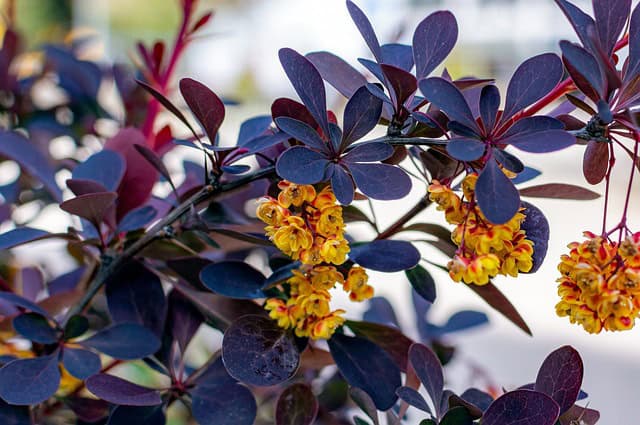
Barberry is a hardy shrub that is perfect for hedging or ornamental landscaping. Suitable for zones 4 to 8, this low-maintenance shrub thrives in temperatures between 60°F and 80°F. It’s ideal for planting in August as it establishes its root system ahead of fall. Barberry adds cheerful colors to landscapes and creates excellent privacy screening due to its dense growth habitat.
Butterfly Bush
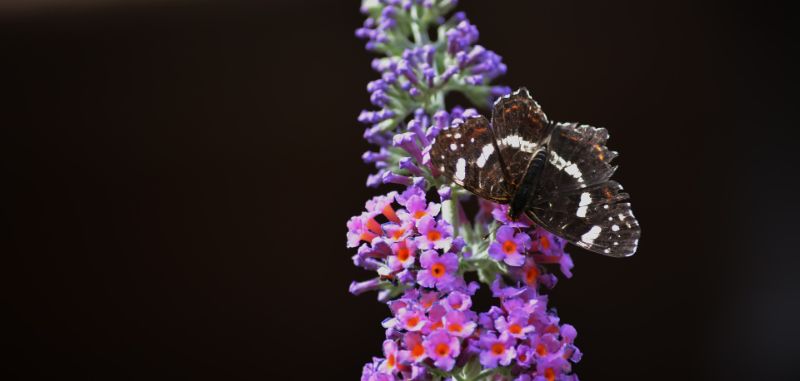
The butterfly bush is a vibrant perennial that attracts various pollinators. These beauties prefer warmer climates in USDA zones 5 through 9 and do well with temperatures around 70°F to 80°F. Planting in August allows the plants to grow robustly before winter, ensuring blooms that will pop with color as spring approaches. Butterfly bushes are a low-maintenance addition that brings life to any garden.
Coneflower
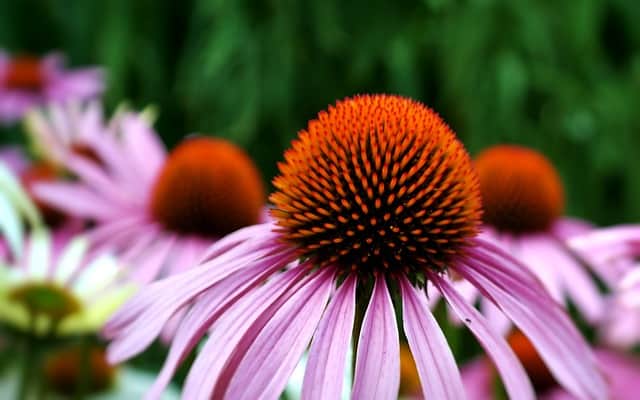
Coneflowers are able to withstand heat and drought, making them an ideal landscape plant for August. Thriving in USDA zones 3 to 9 and preferring temperatures around 60°F to 80°F, these perennials produce striking blooms that attract bees and butterflies. They generally take about 70 days to establish themselves, ensuring rewards in the form of beautiful blossoms come spring.
Japanese Maple
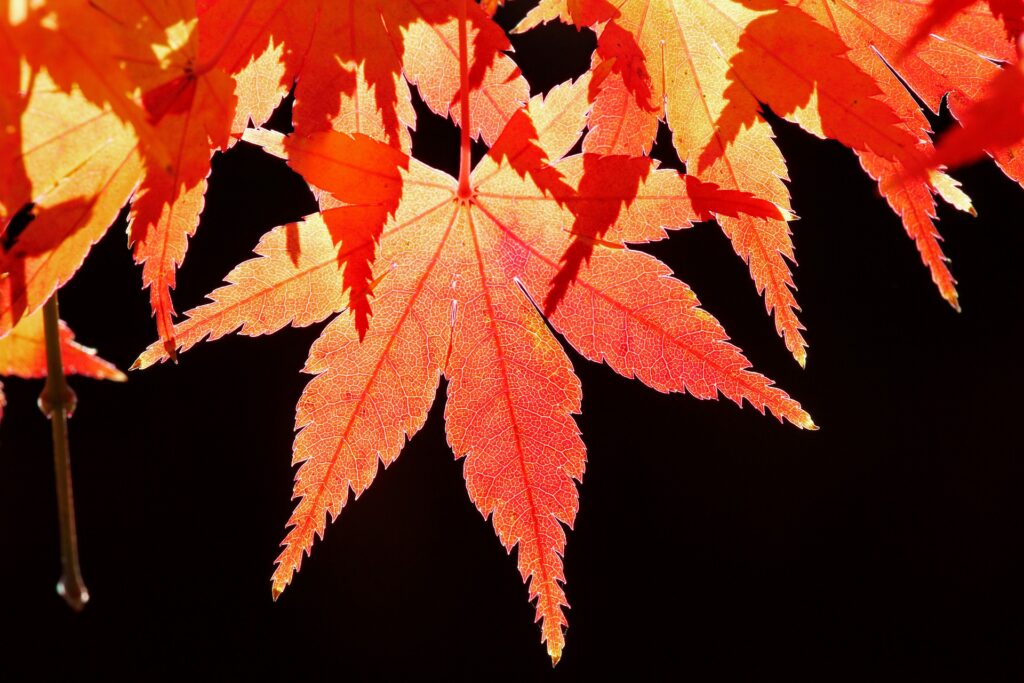
Japanese Maples are stunning trees that add unique beauty to any landscape. While they’re suited for zones 5 to 8, planting them in August provides enough time to develop root systems before autumn. Favoring temperatures of 60°F to 75°F, they require mild watering conditions as they establish. With lovely foliage and elegant shapes, Japanese Maples create unforgettable landscapes.
Ornamental Pear
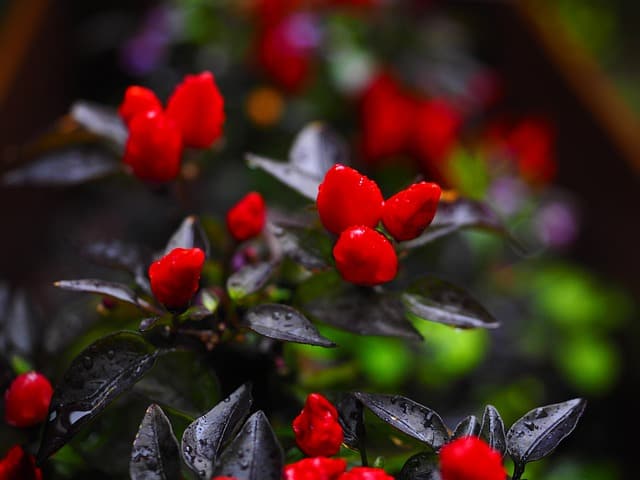
While typically planted in fall or spring, August can still be a suitable planting window for ornamental pear trees in USDA zones 5 to 9. These trees flourish in temperatures between 60°F to 80°F. August planting allows the tree’s roots to settle before the cold, ensuring healthy growth in the subsequent seasons. Their striking white blooms in spring and vibrant foliage in fall make them a delightful addition.
Sweet Bay Laurel
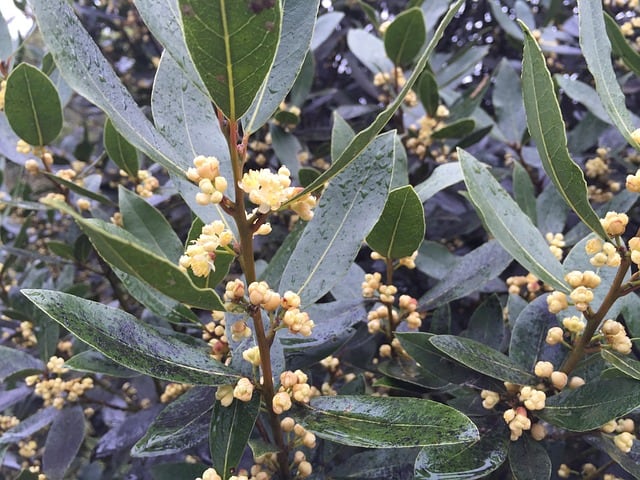
The sweet bay laurel is a slow-growing shrub that serves both ornamental and culinary purposes. It grows well in USDA zones 8 to 10, preferring warmer temperatures of around 75°F to 85°F. Planting in August allows this aromatic shrub to develop a solid foundation before the cooler months. Gleaming green leaves not only add beauty but contribute flavorful dimensions to various dishes.


